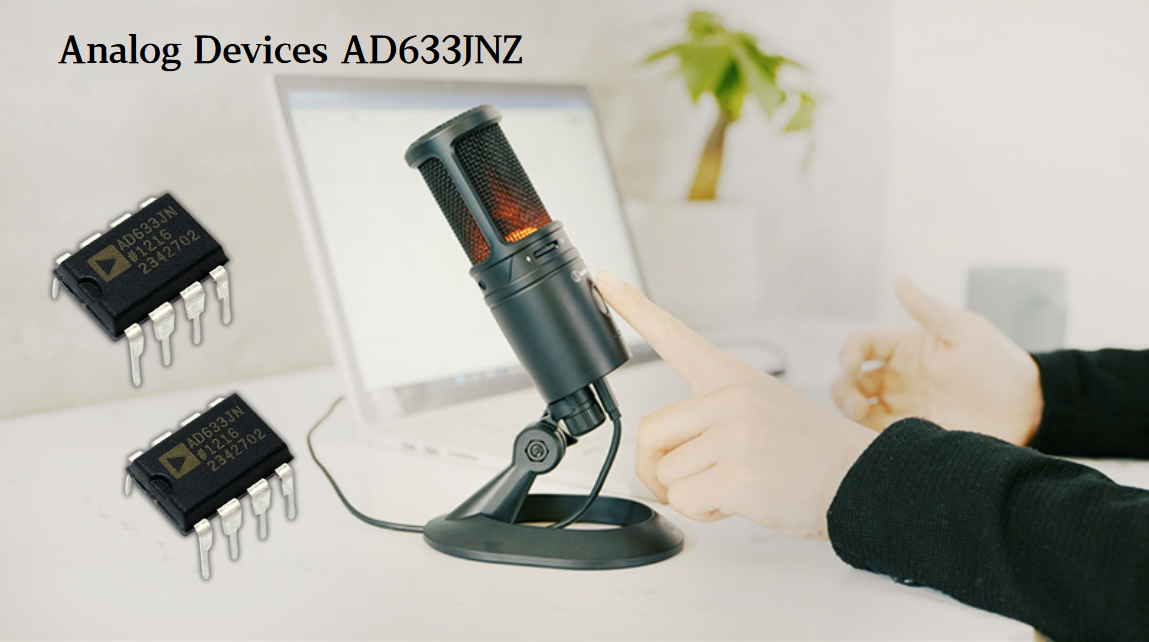

- RFQ
- BOM
-
Contact Us
Tel: +86-0755-83501315
Email: sales@sic-components.com
- Chinese
- English
- French
- German
- Portuguese
- Spanish
- Russian
- Japanese
- Korean
- Arabic
- Irish
- Greek
- Turkish
- Italian
- Danish
- Romanian
- Indonesian
- Czech
- Afrikaans
- Swedish
- Polish
- Basque
- Catalan
- Esperanto
- Hindi
- Lao
- Albanian
- Amharic
- Armenian
- Azerbaijani
- Belarusian
- Bengali
- Bosnian
- Bulgarian
- Cebuano
- Chichewa
- Corsican
- Croatian
- Dutch
- Estonian
- Filipino
- Finnish
- Frisian
- Galician
- Georgian
- Gujarati
- Haitian
- Hausa
- Hawaiian
- Hebrew
- Hmong
- Hungarian
- Icelandic
- Igbo
- Javanese
- Kannada
- Kazakh
- Khmer
- Kurdish
- Kyrgyz
- Latin
- Latvian
- Lithuanian
- Luxembou..
- Macedonian
- Malagasy
- Malay
- Malayalam
- Maltese
- Maori
- Marathi
- Mongolian
- Burmese
- Nepali
- Norwegian
- Pashto
- Persian
- Punjabi
- Serbian
- Sesotho
- Sinhala
- Slovak
- Slovenian
- Somali
- Samoan
- Scots Gaelic
- Shona
- Sindhi
- Sundanese
- Swahili
- Tajik
- Tamil
- Telugu
- Thai
- Ukrainian
- Urdu
- Uzbek
- Vietnamese
- Welsh
- Xhosa
- Yiddish
- Yoruba
- Zulu
- Kinyarwanda
- Tatar
- Oriya
- Turkmen
- Uyghur
Why you can use a capacitor as a timer?
In the intricate world of electrical engineering and electronics, the question of whether a capacitor can be used as a timer is both fascinating and practical. The answer is a resounding yes, and understanding how this works opens up a realm of possibilities for circuit design and various applications. A capacitor is a fundamental electrical component that consists of two conductors separated by an insulating material known as a dielectric. This structure allows the capacitor to store an electrical charge. When a voltage is applied across the capacitor, electrons accumulate on one of the conductors (the negative plate), while an equal number of electrons are effectively removed from the other conductor (the positive plate), creating an electric field within the dielectric. Capacitors come in various types, such as electrolytic capacitors, which are polarized and have a higher capacitance value, and non-electrolytic capacitors like ceramic or film capacitors, which are non-polarized and typically have lower capacitance values. Their capacitance, measured in farads (F), determines their ability to store charge.
How a Capacitor Functions as a Timer?
The key principle behind using a capacitor as a timer lies in its charging and discharging characteristics. When a capacitor is connected to a power source through a resistor in a circuit, it begins to charge. The rate at which the capacitor charges is determined by the values of the resistance (R) of the resistor and the capacitance (C) of the capacitor. This relationship is described by the time constant (τ), which is calculated as τ = R × C.
As time passes, the voltage across the capacitor gradually increases. It follows an exponential curve, and it takes approximately 5 time constants for the capacitor to charge to about 99.3% of the supply voltage. For example, if a capacitor with a capacitance of 1 microfarad (μF) is connected in series with a resistor of 1000 ohms, the time constant τ = 1000 Ω × 1 μF = 1 millisecond (ms). So, it would take around 5 ms for the capacitor to charge close to the full supply voltage.
Conversely, when the power source is disconnected, and the capacitor is connected to a load (such as a light bulb or another circuit element), it starts to discharge. The discharge also follows an exponential decay curve, and again, the time constant determines the rate of discharge.
In a timer circuit, the charging or discharging of the capacitor can be used to trigger an event. For instance, when the voltage across the capacitor reaches a certain threshold (set by a comparator circuit or other components), it can activate a relay, turn on a transistor, or send a signal to a microcontroller. This way, the time elapsed during the charging or discharging process effectively acts as a timer.
Applications of Capacitors as Timers
Simple Timer Circuits: In basic electronics projects, capacitors are often used to create simple timers. For example, in a 555 timer integrated circuit, which is widely used in timing applications, capacitors play a crucial role. By adjusting the values of the capacitor and resistor connected to the 555 timer, the time intervals for its various operating modes (such as astable and monostable) can be precisely controlled. In an astable mode, the 555 timer generates a continuous square wave output, and the duty cycle and frequency of the waveform are determined by the RC time constants. In monostable mode, it produces a single pulse of a specific duration set by the capacitor and resistor values.
Power Supply Delays: In power supply circuits, capacitors can be used to introduce a time delay before certain components are powered on or to control the sequence of powering different parts of a circuit. This is useful in preventing inrush currents and ensuring proper initialization of the circuit. For example, in a computer power supply, a capacitor may be used to delay the activation of the motherboard's power until other components have stabilized.
Automotive Applications: Capacitors are employed as timers in automotive systems as well. For instance, in windshield wiper control circuits, a capacitor-resistor combination can be used to set the interval between wiper sweeps. By adjusting the values of the capacitor and resistor, the time delay between each wipe can be customized according to the driving conditions and user preferences.
Industrial Control Systems: In industrial settings, capacitors are used in timers for various control functions. They can be part of circuits that control the operation of motors, such as starting a motor after a specific time delay or controlling the speed of a motor by adjusting the timing of power pulses. They are also used in process control systems to time the activation of valves, sensors, and other equipment.
Limitations of Using Capacitors as Timers
Accuracy: Capacitors have a certain tolerance in their capacitance values, which can lead to variations in the timing accuracy. Additionally, factors such as temperature can affect the capacitance of a capacitor, causing further inaccuracies in the timing. To achieve more precise timing, additional components like precision resistors and temperature compensation circuits may be required.
Limited Time Range: The time range achievable with a simple capacitor-resistor timer circuit is somewhat limited. For very long time intervals, extremely large capacitor or resistor values may be needed, which can be impractical in terms of size, cost, and component availability. For very short time intervals, the parasitic effects of the circuit components (such as lead inductance and capacitance) can become significant and affect the timing accuracy.
Lack of Programmability: In some applications, a more flexible and programmable timer is required. While it is possible to change the timing of a capacitor-based timer by adjusting the capacitor or resistor values, it may not be as convenient as using a digital timer or a microcontroller-based timer that can be easily programmed to different time intervals.
In conclusion, capacitors can indeed be used as timers, and they play an important role in many electrical and electronic circuits. Their ability to store and release charge, combined with the use of resistors to control the charging and discharging rates, makes them a valuable component for creating time delays and triggering events. However, it is also important to be aware of their limitations and to use appropriate additional components or techniques to overcome these limitations when designing circuits that require accurate and reliable timing. Whether in simple hobby projects or complex industrial systems, understanding the use of capacitors as timers provides engineers and enthusiasts with a powerful tool for circuit design.
https://www.sic-components.com/capacitors

Hot Products
View MoreRelated Blogs

2000+
Daily average RFQ Volume

30,000,000
Standard Product Unit

2800+
Worldwide Manufacturers

15,000 m2
In-stock Warehouse














 Wishlist (0 Items)
Wishlist (0 Items)